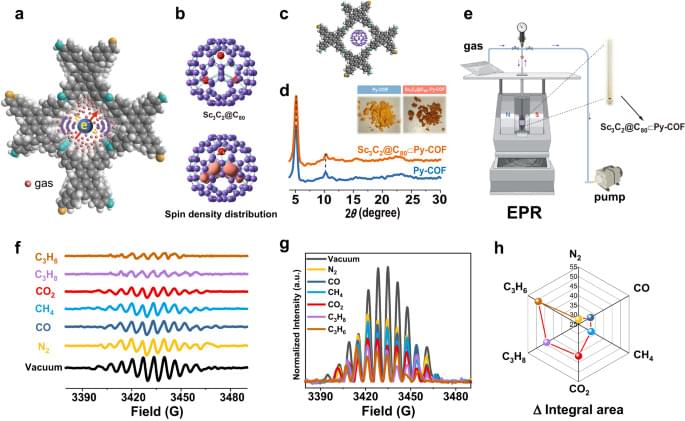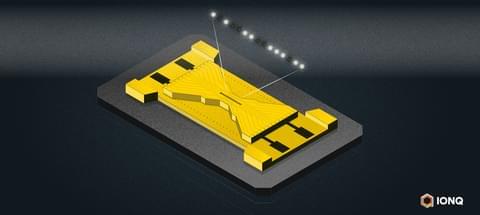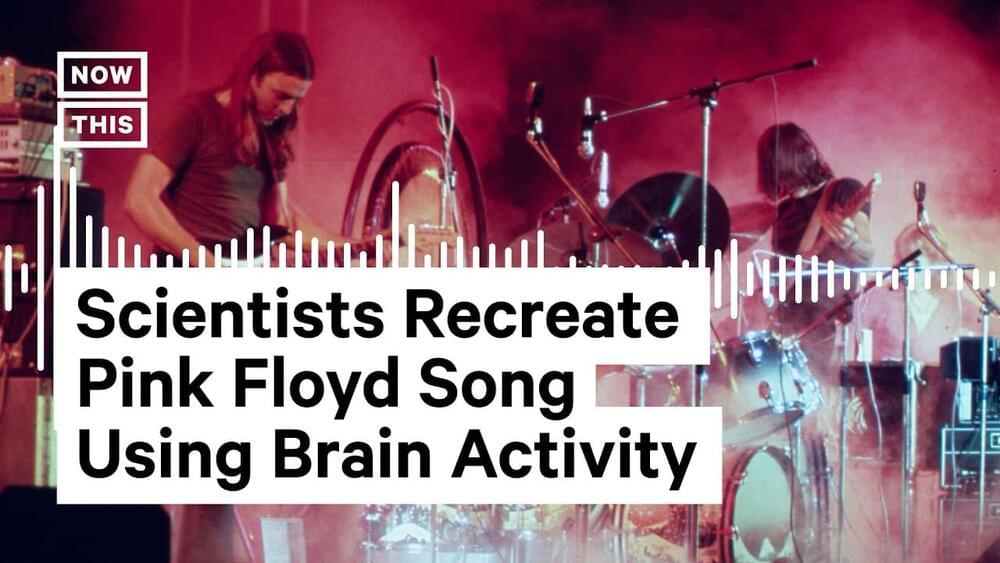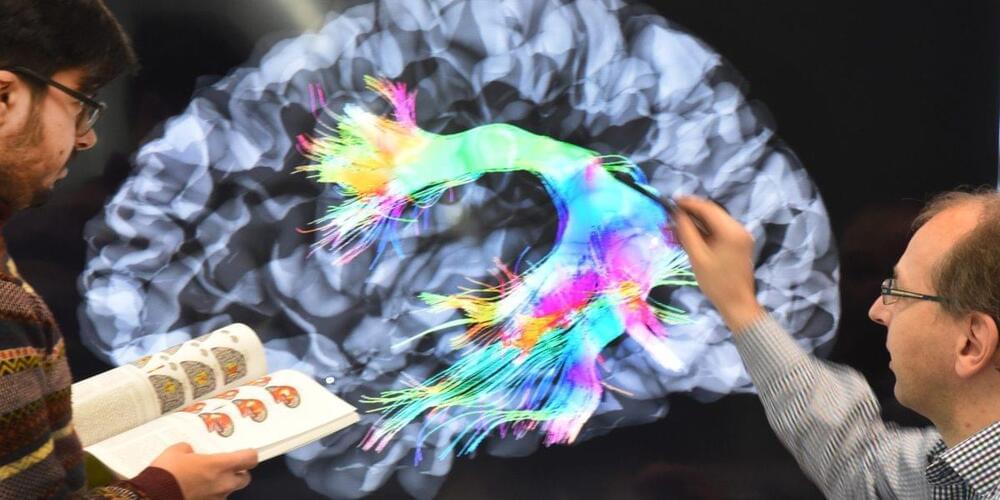Aug 17, 2023
Embedded nano spin sensor for in situ probing of gas adsorption inside porous organic frameworks
Posted by Dan Breeden in categories: electronics, quantum physics
Spin-based sensors have attracted attention due to their high sensitivities. Here authors present a fullerene-based nano spin sensor for in-situ sensing of gas adsorption in porous organic frameworks, demonstrating the potential applications of molecular spin systems in quantum sensing.





 עברית (Hebrew)
עברית (Hebrew)











